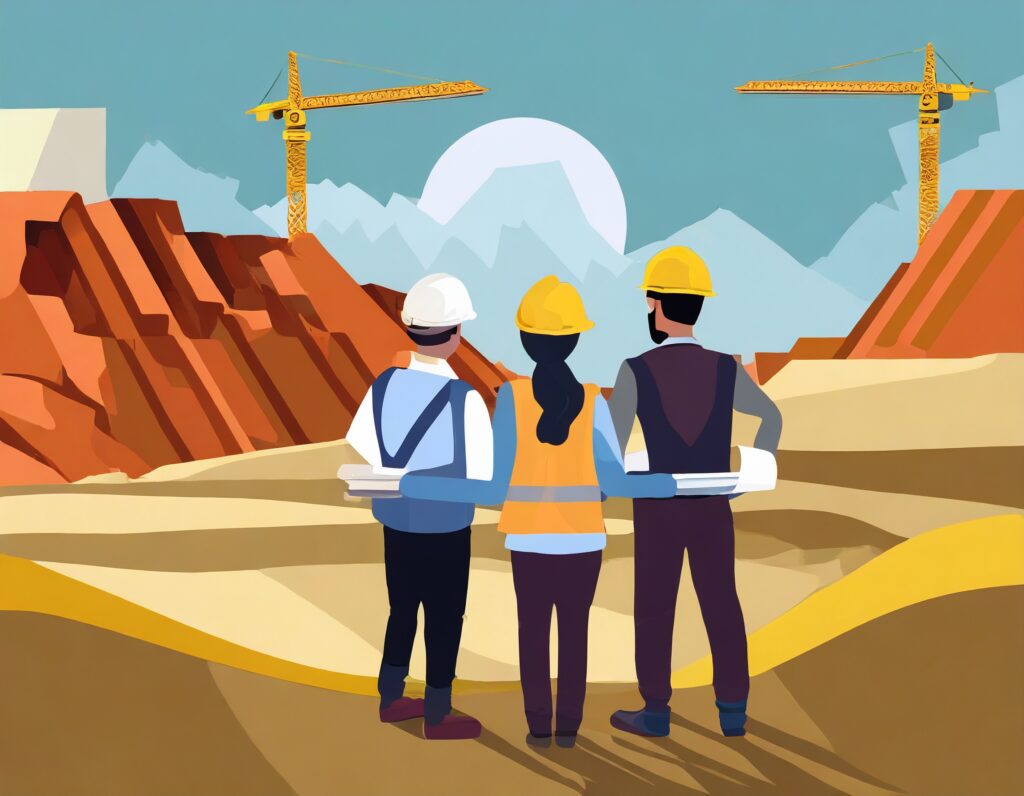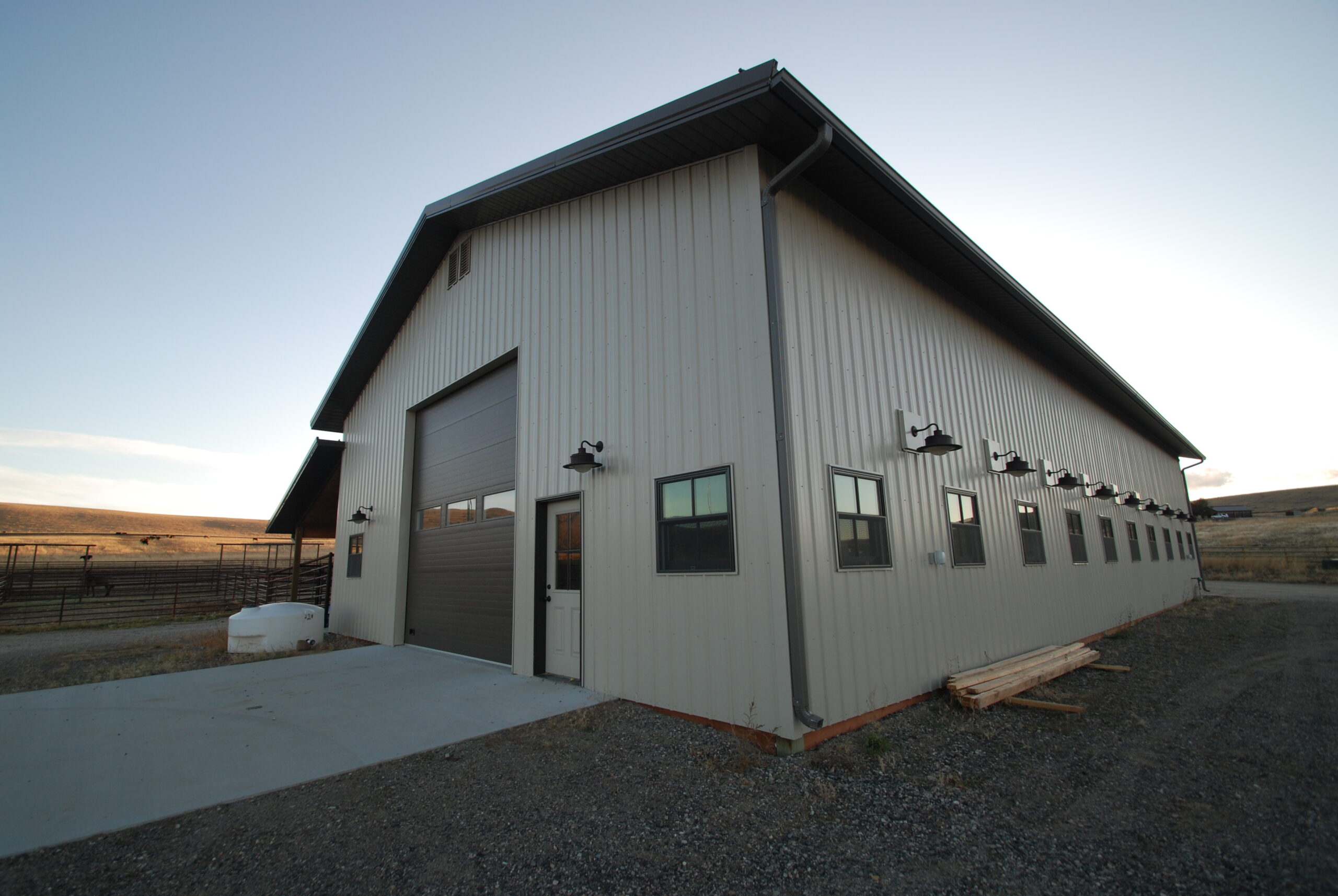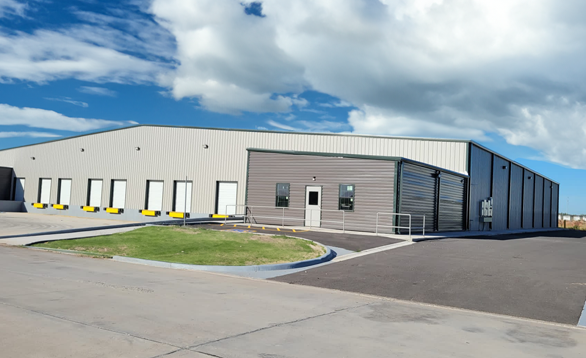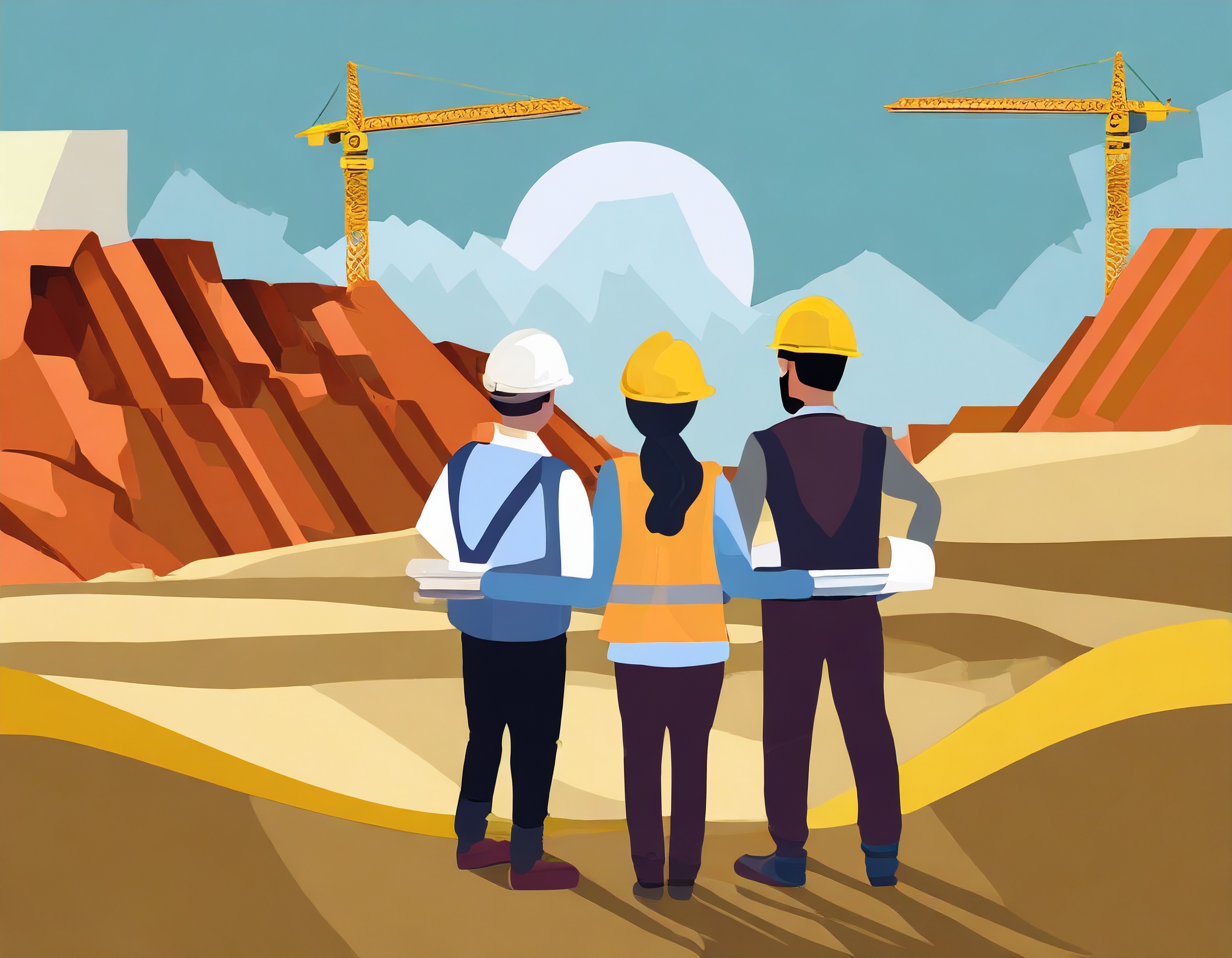As the demand for metal buildings continues to rise, one crucial question looms large: “Should I use an architect for a metal building?” At Quality Metal Buildings, we understand the importance of making informed decisions when it comes to your construction projects. In this comprehensive guide, we’ll explore the benefits of using an architect, situations where it may not be necessary, the significance of local regulations and permits, and how Quality Metal Buildings approaches this key decision.
Benefits of Using an Architect
Customization for Your Vision
Architects play a pivotal role in bringing your vision to life. For those seeking a unique and personalized metal building design, an architect’s expertise can transform your ideas into reality. Discuss specific examples of customization possibilities.
Tailored Aesthetics
Architects are adept at turning your aesthetic preferences into tangible design elements. Whether you envision a sleek and modern metal office building or a rustic metal barn with a touch of nostalgia, architects can craft exteriors that align with your style. They consider factors such as color palettes, facade textures, and overall architectural themes to create a building that stands out.
Functional Layouts
Beyond aesthetics, architects focus on the functionality of your metal building. For commercial spaces, they can optimize layouts to enhance workflow and customer experience. In residential settings, architects can create efficient floor plans that maximize space utilization and cater to specific lifestyle needs.
Innovative Use of Materials
Architects bring innovation to material selection, considering not only the durability and functionality of metal but also its integration with other materials. This could involve blending metal with glass for a contemporary feel, or incorporating sustainable materials to align with eco-friendly practices.
Personalized Finishes
Architects pay attention to the finer details, including finishes and accents. From choosing the right type of metal finish that complements your design to adding decorative elements like metal trim or artistic metalwork, architects ensure that every aspect contributes to the overall aesthetic appeal.
Integration of Technology
In today’s digital age, architects can seamlessly integrate technology into the design of metal buildings. This might involve incorporating smart building systems, energy-efficient technologies, or interactive features that align with your vision of a modern and technologically advanced space.
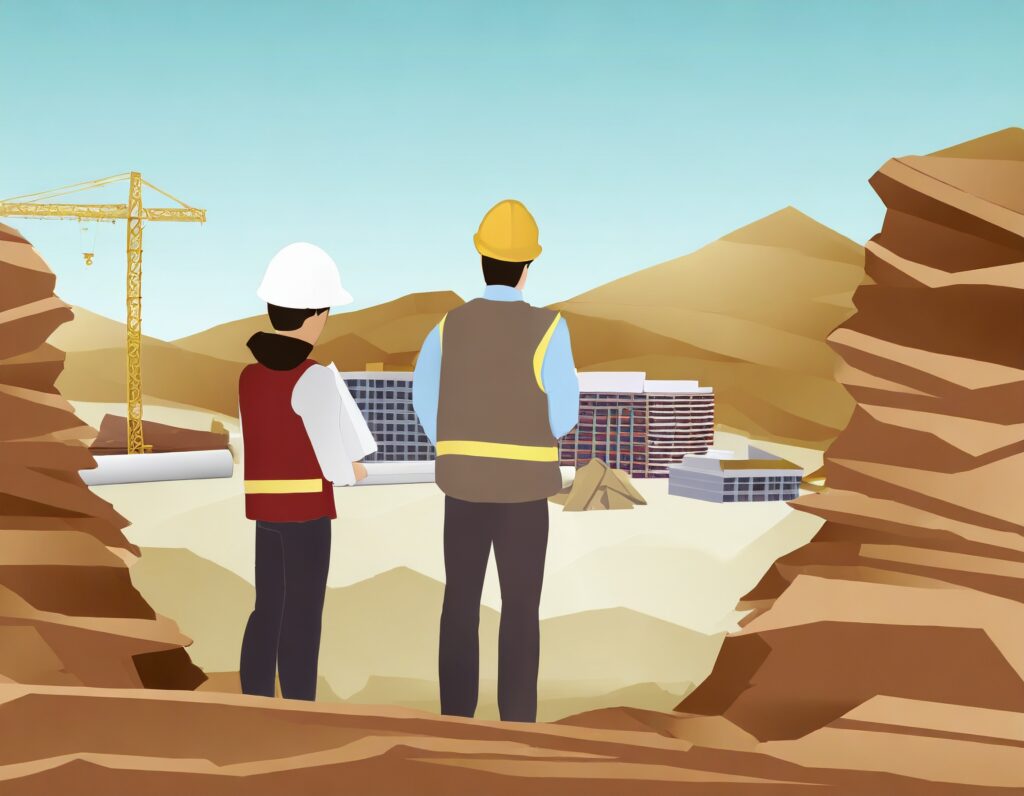
Code Compliance and Safety
Ensuring your metal building complies with local building codes is paramount. Architects are well-versed in navigating complex codes, contributing to both the safety and legality of your structure. Explore how architects contribute to the structural integrity of metal buildings.
Local Building Codes and Regulations
Architects serve as the gatekeepers of local building codes, meticulously ensuring that your metal building aligns with the specific regulations governing your area. From setback requirements to occupancy standards, architects navigate the complexities of these codes, leaving no room for oversights that could lead to legal complications.
Example: In Texas, where Quality Metal Buildings is based, architects would be well-versed in the Texas Accessibility Standards (TAS) and the specific wind load requirements for different regions, ensuring compliance with state and local codes.
Structural Engineering Expertise
One of the key contributions architects make to the safety of your metal building is through their deep understanding of structural engineering. They analyze loads, stresses, and environmental factors to design a metal building that not only meets code requirements but also stands resilient against the forces of nature.
Seismic Considerations
In earthquake-prone areas, architects play a vital role in incorporating seismic design principles into the structure. This involves ensuring that the metal building can withstand lateral forces and ground motion, providing occupants with a secure and stable environment.
Fire Safety Measures
Architects integrate fire safety features into the design, adhering to fire codes and regulations. This includes the selection of fire-resistant materials, the implementation of proper egress systems, and strategic placement of fire suppression systems.
Accessibility and Inclusivity
Ensuring that your metal building is accessible to all individuals, including those with disabilities, is a crucial aspect of code compliance. Architects incorporate features like ramps, elevators, and accessible restrooms, contributing to a universally designed and inclusive space.
Conclusion
Architects are not only design visionaries but also custodians of safety and legality in the construction process. By navigating local building codes, leveraging structural engineering expertise, considering seismic resilience, addressing fire safety concerns, and promoting accessibility, architects contribute significantly to the structural integrity of metal buildings. Quality Metal Buildings understands the paramount importance of these considerations and collaborates with architects to ensure that every structure not only meets but exceeds safety standards, providing clients with peace of mind and a durable, compliant, and secure metal building.
Design Expertise
Architects bring a wealth of design expertise to the table. From aesthetic considerations to functional layouts, their input can enhance the overall appeal and functionality of your metal building.
Aesthetic Considerations
Architects are masters of aesthetics, capable of transforming your metal building into a visually stunning masterpiece. They consider elements such as form, proportion, and materiality to create an exterior that not only meets your preferences but also harmonizes with the surrounding environment. Whether it’s a modern, sleek office building or a charming rustic barn, architects infuse a sense of artistry into the design.
Cohesive Architectural Themes
Architects excel at developing cohesive architectural themes that tie the entire metal building together. They consider how different elements, from roofing styles to window designs, work in harmony to create a unified and pleasing aesthetic. This ensures that your metal building doesn’t appear disjointed but instead tells a cohesive design story.
Functional and Efficient Layouts
While aesthetics are crucial, architects also prioritize functionality. They carefully plan layouts to optimize space, improve workflow, and enhance the overall user experience. In commercial metal buildings, this may involve designing spaces that encourage productivity, while in residential settings, architects create layouts that maximize comfort and convenience.
Natural Light Integration
Architects leverage the power of natural light to create inviting and energy-efficient spaces. They strategically position windows, skylights, and other openings to maximize daylight, reducing the need for artificial lighting. This not only contributes to the well-being of occupants but also aligns with sustainable design principles.
Sustainability and Green Design
As advocates for sustainable design, architects consider eco-friendly solutions for your metal building. From energy-efficient insulation to rainwater harvesting systems, they explore options that align with green building principles, contributing to a more environmentally conscious construction.
Conclusion
Architects bring a wealth of design expertise to the forefront, combining artistic flair with practical considerations to elevate your metal building beyond the ordinary. Whether focusing on aesthetic nuances, developing cohesive themes, optimizing layouts, integrating natural light, or championing sustainability, architects ensure that your metal building is a true reflection of your vision. Quality Metal Buildings recognizes the significance of design excellence and collaborates with architects to deliver metal structures that not only meet functional needs but also inspire awe and admiration.
When an Architect May Not Be Necessary: The Practicality of Pre-Engineered Designs
Pre-Engineered Solutions for Efficiency
For small and straightforward metal building projects, pre-engineered designs provide a streamlined and cost-effective solution. These designs come with the advantage of being meticulously planned and engineered by experts, reducing the need for extensive customization. They are especially practical for structures with standardized requirements, such as storage sheds, small workshops, or basic agricultural buildings.
Cost-Effectiveness in Design and Construction
Pre-engineered metal buildings are known for their cost-effectiveness in both design and construction phases. Since these designs are pre-configured and optimized for efficiency, they significantly reduce the time and labor required for planning and implementation. This, in turn, translates into lower design and construction costs, making pre-engineered solutions an attractive option for those with budget considerations.
Rapid Construction Timelines
One of the notable advantages of pre-engineered metal buildings is the speed of construction. With components already designed and fabricated, the assembly process becomes faster and more straightforward. This not only reduces labor costs but also minimizes the overall project timeline, allowing businesses or homeowners to start utilizing their metal building sooner.
Balancing Design Aspirations and Financial Realities
Assessing Project Size and Complexity
When contemplating the decision to hire an architect, project size and complexity play pivotal roles. Smaller projects with straightforward requirements may not necessitate the level of customization and design expertise that architects bring. Assessing the scale and intricacy of the project is crucial in determining whether the additional cost of architectural services aligns with the scope of work.
Architectural Services and Customization Costs
Architects provide valuable services, but these services come with associated costs. Customization, intricate designs, and detailed planning contribute to the overall expenses. For projects where budget constraints are a primary consideration, weighing the benefits of architectural services against the project’s requirements is essential.
Finding the Balance
Ultimately, the decision to hire an architect is a delicate balance between design aspirations and financial realities. While architects bring unparalleled creativity and expertise, small and straightforward metal building projects may find a more cost-effective solution in pre-engineered designs. Quality Metal Buildings recognizes the importance of providing options that cater to various budget considerations, ensuring that clients can make informed choices that align with their financial plans.
Conclusion
When it comes to small and simple metal building projects, pre-engineered solutions offer a practical and budget-friendly alternative. Rapid construction timelines, cost-effectiveness, and efficiency in design and construction make pre-engineered designs an attractive option. However, it’s crucial to carefully assess the specific needs of the project and weigh the benefits of architectural services against budget constraints. Quality Metal Buildings is committed to offering a range of solutions to accommodate diverse project requirements, ensuring that clients can achieve their metal building goals within their financial parameters.
Quality Metal Buildings’ Approach
Pre-Engineered Solutions
Quality Metal Buildings specializes in providing pre-engineered solutions, combining efficiency with high-quality design. Showcase the range of pre-engineered options available, emphasizing the convenience for clients.
Local Expertise (Texas-based)
Being based in Texas, Quality Metal Buildings brings local expertise to the forefront. Discuss the advantages of working with a company familiar with Texas regulations and able to provide personalized service.
In conclusion, the decision to use an architect for your metal building hinges on various factors. Whether you prioritize customization, need to navigate local regulations, or are working within budget constraints, Quality Metal Buildings is here to assist you. By understanding the nuances of your project, we can help you make the right choice for a metal building that meets your needs and exceeds your expectations.
